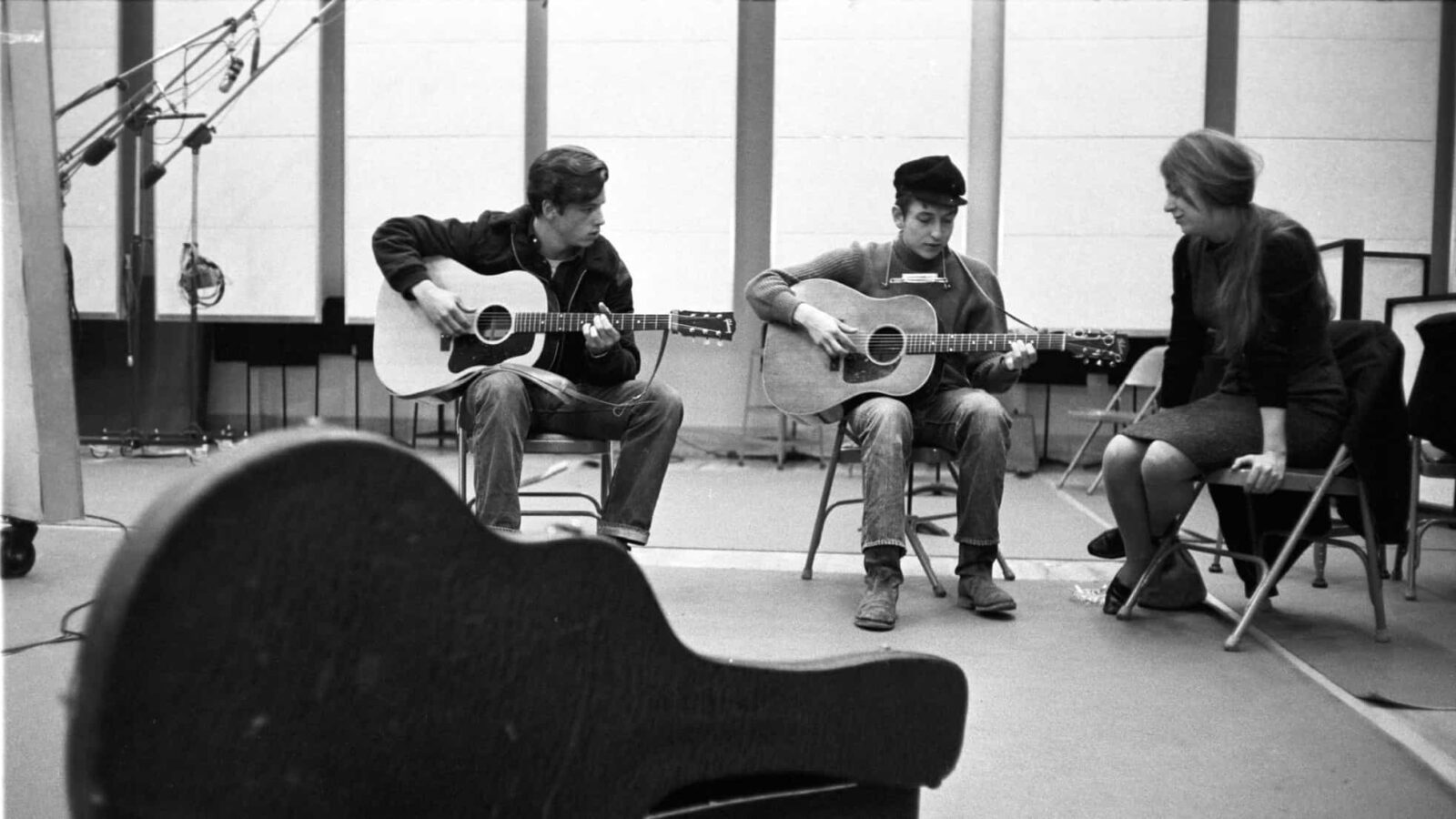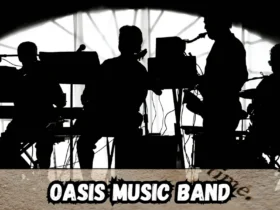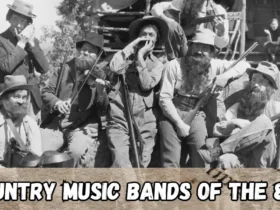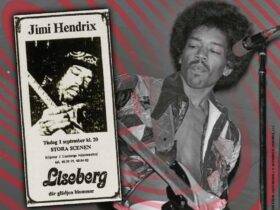Introduction
Bob Dylan’s name echoes down the halls of musical history. He has everlastingly influenced the worlds of composition and performance. In this examination, we will get into the complexities of his classic songs. We separate the myths from the reality that defines the man behind the music.
Bob Dylan’s music spans generations. It evokes a timeless charm that captivates listeners of all ages. His songs have become a soundtrack to the human experience, from the profound words to the soul-stirring melodies.
Behind the mysterious exterior is a man who is deeply committed to his craft. We peel back the layers to reveal Bob Dylan’s essence. We investigate the influences that molded his unique musical journey.
The Birth of Legends
Dylan’s musical journey began with the humble foundations of folk music. We follow the young artist as he discovers his voice among the guitar’s acoustic notes. He also finds raw honesty in folk tales.
Dylan’s Ascension to Stardom in the 1960s Folk Revival
The rise of Bob Dylan coincided with the folk revival of the 1960s. The coffeehouse circuit witnessed his spectacular rise. Audiences resonated with the raw, unfiltered emotions of a troubadour destined for greatness.
Behind the Name: Bob Dylan’s Stage Name’s Origins
The name ‘Bob Dylan’ has a mysterious ring to it. We investigate the roots of this name. We expose the strategic decisions and artistic goals that created a name synonymous with musical excellence.
The Chronicles of Protest
Blowin’ in the Wind: The Civil Rights Movement’s Anthem
“Blowin’ in the Wind” by Bob Dylan is a powerful anthem that echoed through the hallways of the Civil Rights Movement. Dylan’s songs were stunningly simple. They asked big questions that went beyond folk and became a cry for justice and equality.
“Blowin’ in the Wind” transcended its musical origins to become a timeless anthem of hope and activism. It happened in a world where the winds of change were stirring. Dylan’s subtle variations in delivery and vivid imagery buried in the song captured the collective emotion of an era coping with social transition.
Dylan’s Critique of War and Politics, Masters of War
Dylan’s pen-handled songs and pointed criticism, as evidenced by “Masters of War.” He met the military-industrial complex and the puppeteers who orchestrate battles here. The song’s caustic vocabulary and accusing tone exposed the reality of war. It made a piercing indictment of the politics of destruction.
Listeners traversed the lyrical terrain of “Masters of War.” Dylan confronted them with his unwavering condemnation of those who profited from human suffering. The song sharply reminded us that we can use music to combat complacency.
A Hard Rain’s Gonna Fall: Symbolism in Bob Dylan’s Protest Songs
Dylan’s talent for weaving elaborate tapestries of symbolism soared in ‘A Hard Rain’s A-Gonna Fall.’ Listeners encountered a kaleidoscope of pictures, each with layers of meaning as they went on a lyrical journey.
The song, sometimes called a poetic epic, provided a canvas for Dylan’s artistic prowess. Each verse unfurled like a chapter, showing a world of obstacles and uncertainty. “A Hard Rain’s A-Gonna Fall” became a testament to Dylan’s ability. He generated a vivid commentary on the world’s situation through metaphor and allegory.
The Electric Controversy
Bob Dylan’s Electric Transition to Rock
When Bob Dylan decided to go electric, folk purists raised their eyebrows. This transformation represented a watershed moment in his musical career. Dylan, the acoustic troubadour, took up an electric guitar. This signaled a break with tradition and an embrace of a new harmonious environment.
The electric shift was more than just a fashion statement; it was political. Dylan, the musical chameleon, demonstrated that expectations did not limit artistic progress. The electric guitar allowed him to express his musical vision more amplified and excitingly.
The Controversial Electric Performance at the Newport Folk Festival
The Newport Folk Festival in 1965 marked a watershed moment in music history. Dylan’s electrifying performance sparked debate. Purists felt betrayed, while others welcomed the shift.
The Newport Electric controversy was about more than just music; it was about breaking norms and pushing boundaries. It became a symbol of an artist unafraid to shatter expectations. The artist ushered in a new era of musical discovery.
Highway 61 Revisited: The Album That Changed the Face of Folk-Rock
Following the electrifying dispute, Dylan gave the world “Highway 61 Revisited.” This album, a sonic trip spanning Americana, rock, and blues, cemented Dylan’s reputation as a musical revolutionary. The title track, in particular, became an anthem for a generation looking for its place in the world.
“Highway 61 Revisited” was more than just an album; it was a sonic statement that straddled genre boundaries. Dylan, the eternal shape-shifter, demonstrated that evolution is a twisting highway with limitless possibilities.
The Enigmatic Lyrics
Like a Rolling Stone: Deciphering Dylan’s Stream of Consciousness
“Like a Rolling Stone” by Bob Dylan is a masterwork of mysterious songwriting, pushing listeners to decipher its opaque tale. The song’s stream-of-consciousness style is a break from traditional composition. This propelled it into the world of timeless masterpieces.
Words cascade with a fluidity that echoes the anarchy and emancipation of the 1960s in Dylan’s labyrinth of poetry. “Like a Rolling Stone” invites listeners on a poetic journey. The meaning is as elusive as the rolling stone, shifting between the absurd and the heartbreaking. Each line is a brushstroke on the canvas of contemplation, leaving an imprint on the listener’s mind.
Mr. Tambourine Man: Surreal Imagery Exploration
“Mr. Tambourine Man” transports us to bizarre settings painted by Dylan’s brilliant imagery. The tambourine transforms into a mystical instrument. It takes us into a dreamscape where reality and fantasy collide.
The surrealist tapestry of the song provides a kaleidoscope glimpse into Dylan’s artistic psyche. Listeners engage on a journey. The lines between consciousness and dreams blur. They unravel the meaning of the tambourine. Dylan, the lyrical alchemist, turns words into a beautiful incantation that speaks to the dreamer in all of us.
Desolation Row: A Literary Journey Within Dylan’s Longest Song
“Desolation Row” is a vast epic that defies typical song formats and is a literary opus within Dylan’s repertoire. Each stanza introduces individuals and settings. This forms a vivid vision of a bleak world, much like a literary labyrinth.
Listeners will follow the rich tale of “Desolation Row.” They will come upon a tapestry woven with cultural references, strange anecdotes, and poetic meditations. Dylan’s longest song demonstrates his ability to create a sonic novel. It asks us to remain in the middle of disorder and find meaning amid chaos.
The Personal and the Profound
Dylan’s Personal Narratives, Tangled Up in Blue
“Tangled Up in Blue” provides a glimpse into Dylan’s storylines. They blur the borders between autobiography and fiction. The song unfolds like a succession of photographs. It catches memories from Dylan’s life and love. Then, it ingeniously weaves them into a tapestry of musical meditation.
Listeners become immersed in the emotional intricacies of Dylan’s experiences. They navigate the maze of personal reflections. The music transforms like a mirror. It reflects universal themes such as love, grief, and the ever-changing hues of human relationships.
Blood on the Tracks: Heartbreak’s Emotional Rollercoaster
Dylan’s emotional rollercoaster “Blood on the Tracks” is a frank portrayal of heartbreak and the human condition. Each track on the album serves as a chapter in a book of emotional upheaval. It provides an uncensored look at the complexity of love and its inevitable discontents.
Dylan’s lyrical prowess shows through as he navigates the turbulent terrain of lost relationships. The record transforms into a cathartic journey. It allows listeners to sympathize with their everyday experience of heartbreak. “Blood on the Tracks” is a testimonial to music’s enduring capacity to heal the wounds of a wounded heart.
Finding Refuge in Dylan’s Music During a Storm
“Shelter from the Storm” is solace in Dylan’s discography during life’s storms. The haunting beauty of the song resides in its simplicity, offering a haven for weary souls to find consolation amid upheaval.
Like a warm embrace, Dylan’s songs speak to people seeking refuge from life’s storms. Listeners find refuge in the ebb and flow of the song. This demonstrates that even in the darkest times, Dylan’s music provides an enduring shelter for the soul.
The Never-Ending Tour
The Enduring Legacy of Bob Dylan: The Never-Ending Tour Phenomenon
Bob Dylan, our wandering minstrel, has embarked on a musical voyage that defies touring conventions. Enter the “Never-Ending Tour.” It represents Dylan’s unwavering dedication to his work. It’s different from your typical concert series. It’s a never-ending investigation of sound, a trip with no set destination.
The Never-Ending Tour is a musical monument to Dylan’s unwavering live-performing passion. It’s a kaleidoscope show on stages worldwide. Each night, it promises a unique communion between the artist and the audience. Dylan’s concerts have become a live, breathing creature. They reflect his musical progress, evolving.
Setlist Evolution: A Look at Dylan’s Musical Odyssey
One of the Never-Ending Tour’s marvels is its ever-changing setlists. Forget about predictability; each concert is a musical journey through Dylan’s massive catalog. The artist transforms the setlist into a canvas. They use each song as a stroke to create a sonic tapestry. The tapestry reflects their mood, inspiration, and the moment’s pulse.
As Dylan navigates through his repertoire, fans enjoy a dynamic experience. The setlists are a treasure mine of surprises, including deep cuts and remixed classics that give known songs new life. Dylan’s refusal to let nostalgia constrain him exemplifies this fluidity. It ensures that he turns each concert into a new chapter in his eternal narrative.
Fans and Critics Discuss Dylan’s Constant Touring
The Never-Ending Tour, while lauded by die-hard fans, has not been without criticism. Some feel that it dilutes the enchantment of a rare live appearance, making Dylan’s concerts commonplace. The long-term viability of constant touring is a concern for critics, who express issues about creative tiredness and declining rewards.
Die-hard fans receive the Never-Ending Tour as a present. It’s an opportunity to see a living great evolve in real-time. Fans find refuge in the unpredictability. They cherish the personal moments and unexpected treasures that emerge from the always-altering setlists. Those who bore witness can find the core of the Never-Ending Tour in their eyes and ears, even as the discussions rage on.
Conclusion
As we navigate the myths and realities of Bob Dylan’s legendary songs, we cannot ignore his seismic impact on the fabric of music and culture. Dylan’s career spans genres and decades. He has written protest songs and introspective ballads, leaving an enduring impression on cultural consciousness.
Dylan’s songs have a far-reaching impact beyond their original composition. His songs are not leftovers from the past. They are living entities, finding meaning in changing society and personal reflection. The Never-Ending Tour becomes a metaphor for Dylan’s enduring legacy, a monument to his music’s ageless character.













Leave a Reply